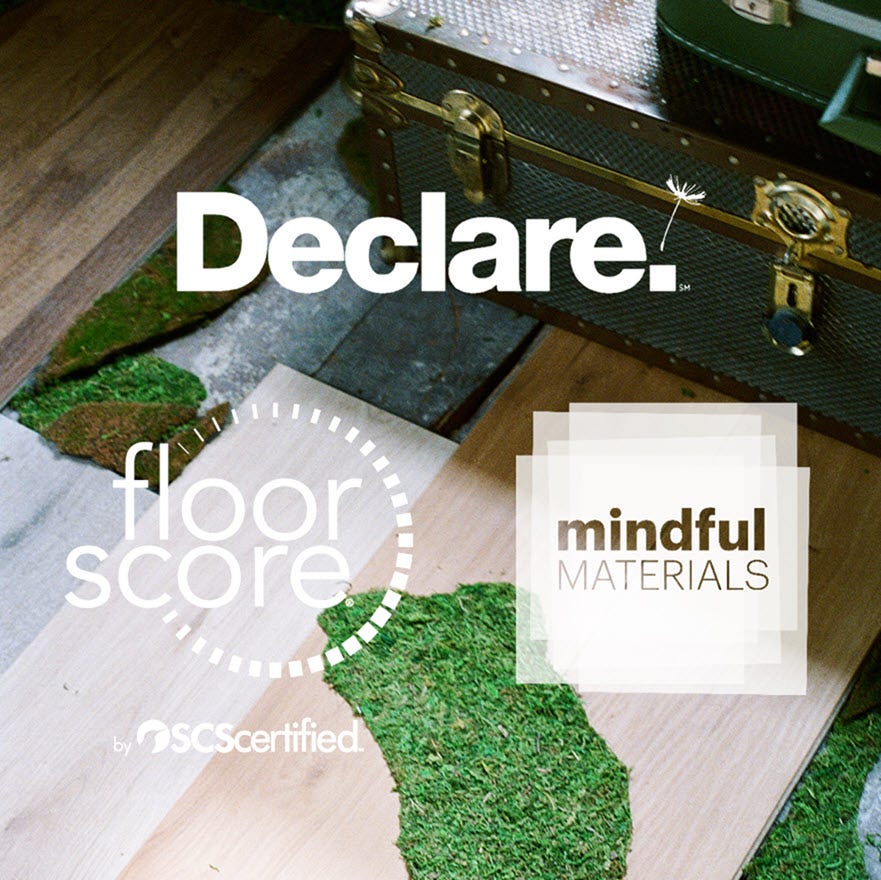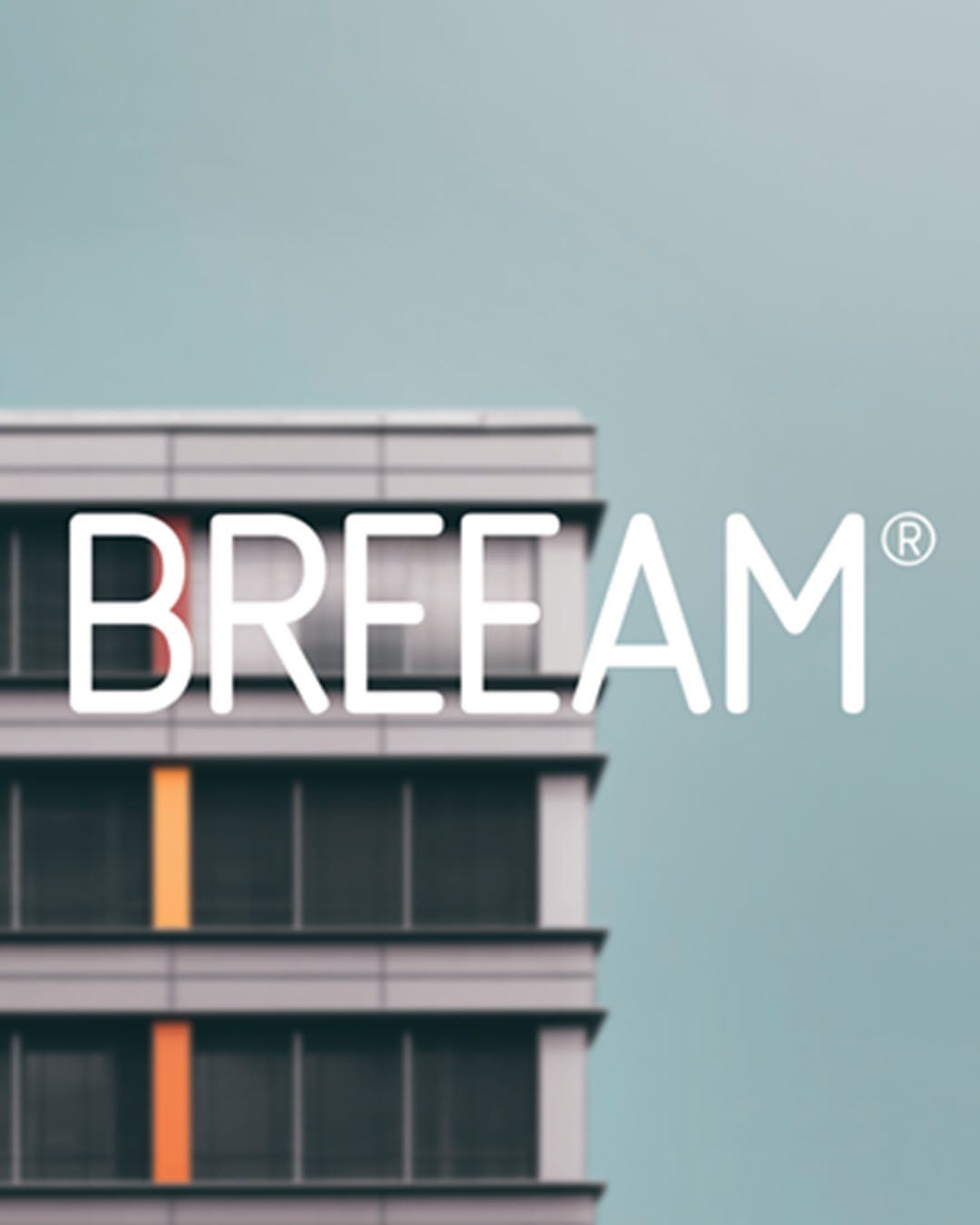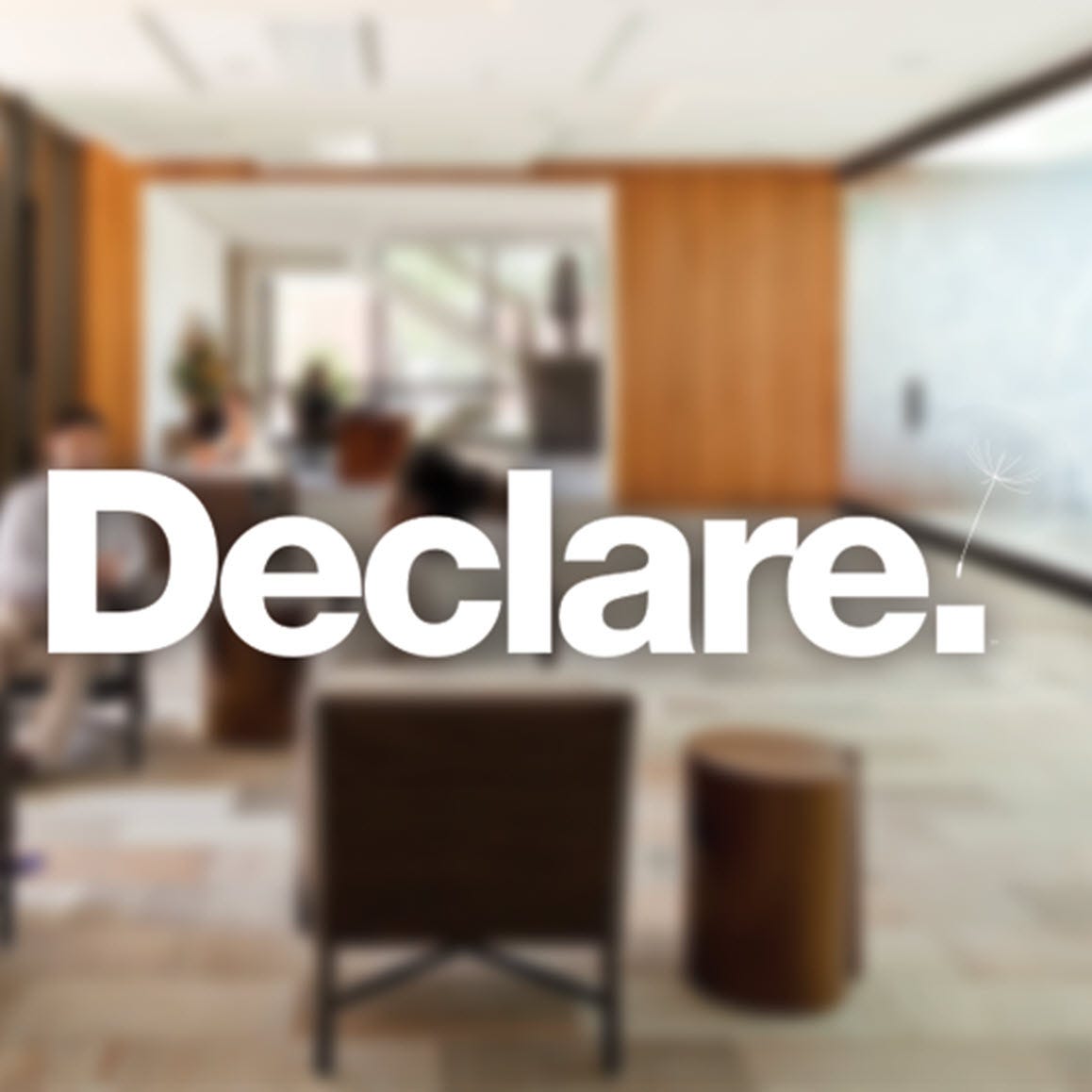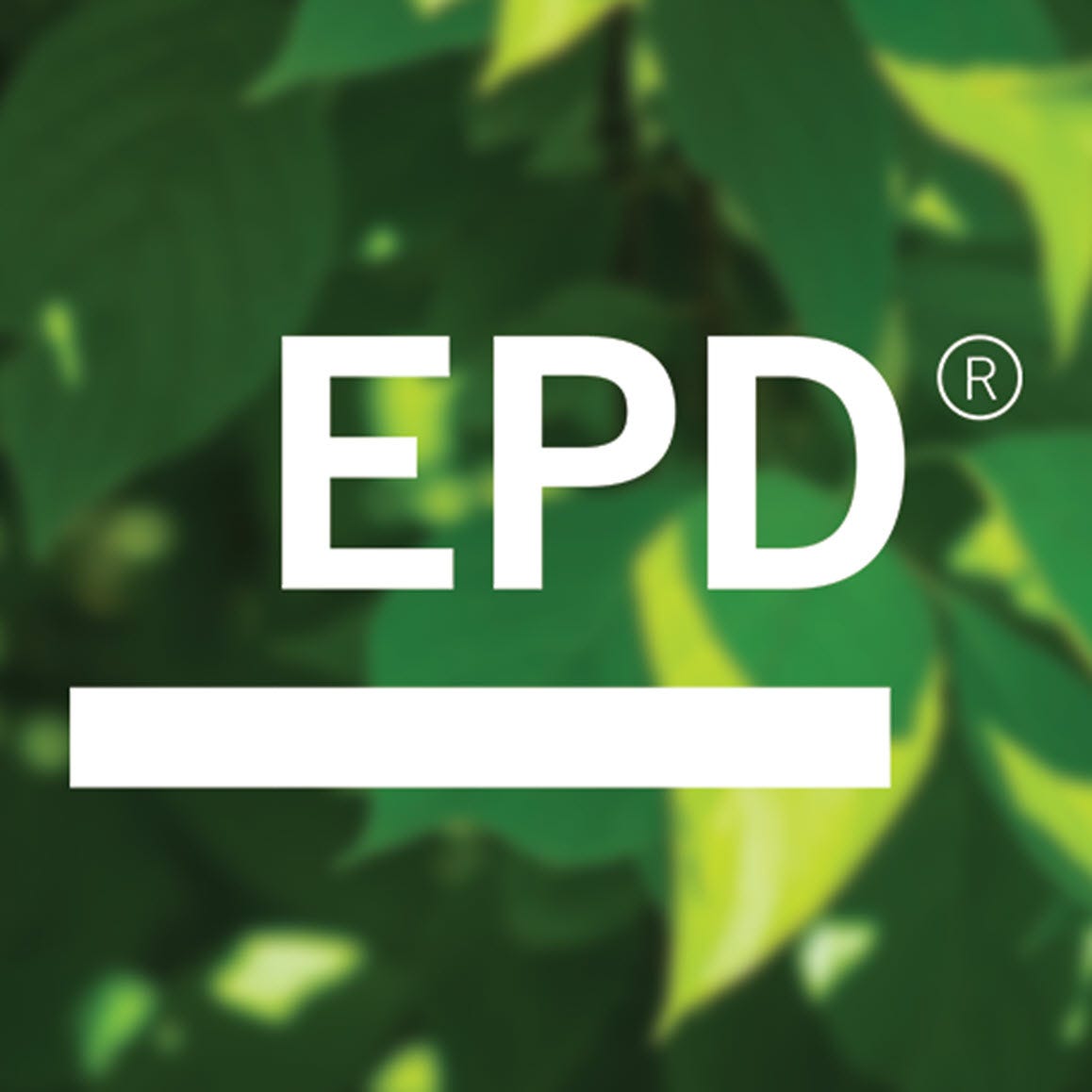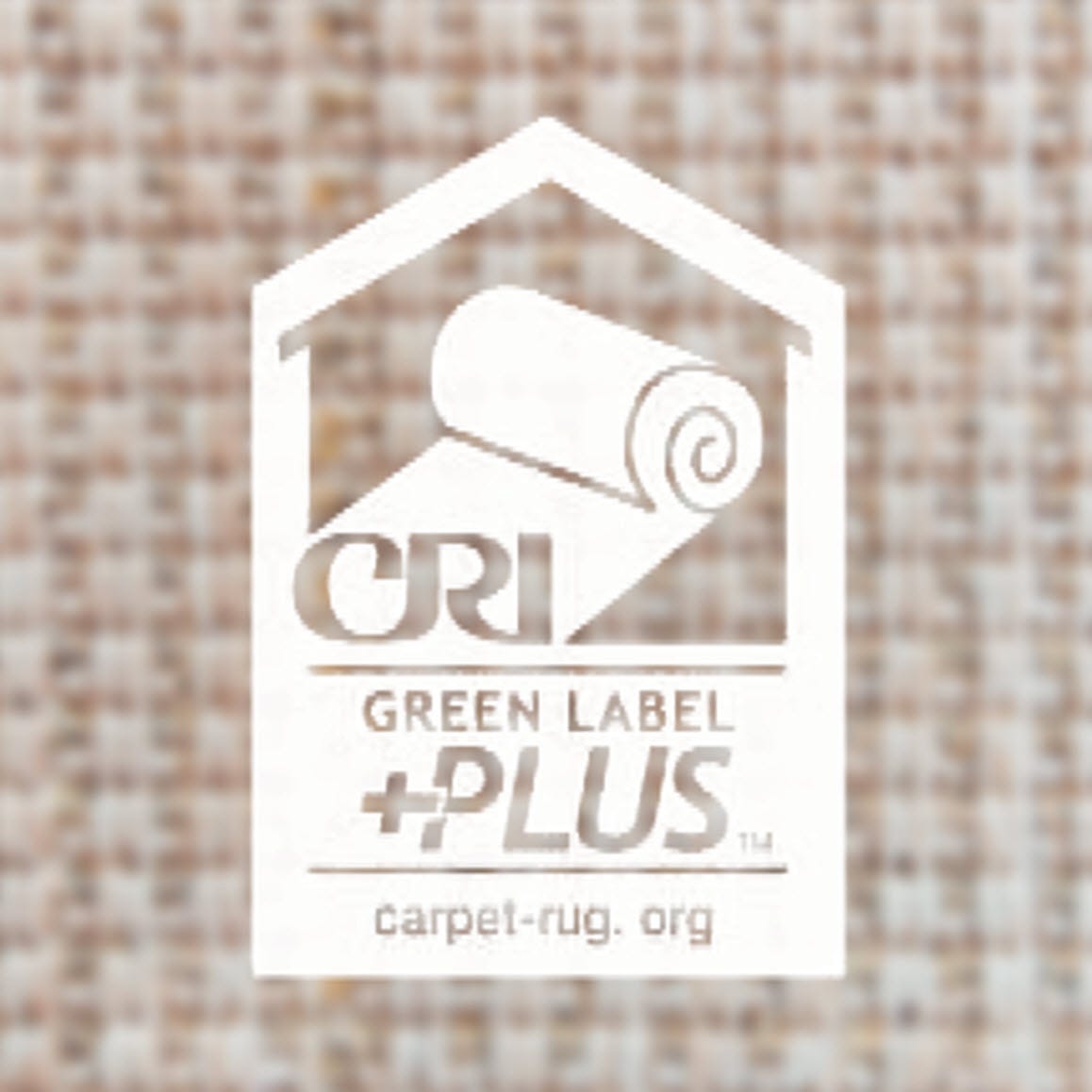Understanding Sustainability Declarations
The What and Why of Sustainability Declarations
As the world becomes aware of the impact that human activities have on the environment, sustainability has become an increasingly important topic. The effects of climate change, resource depletion, and environmental degradation have led individuals and organizations to take a closer look at their practices and make changes towards more sustainable solutions.
One way to ensure environmentally sound business practices is by obtaining sustainability certifications, which provide assurance that buildings, products, and materials are manufactured and used in a sustainable way. These certifications provide transparent environmental evaluations of buildings, products, and materials based on various criteria such as energy use, water efficiency, indoor air quality, and material selection.
At face value, many certifications are just a jumble of letters. But when you understand the meaning behind them, these certifications tell a deeper story of the standard a product or brand is held to. In this article, we will explore several of the sustainability certifications obtained by Matter Surfaces brands and collections and explain their meaning, their impact, and their significance. Sustainable practices and materials are a vital part of reducing the environmental impact of human activities, and these certifications paint a picture of how Matter Surfaces is working toward a more sustainable future.
LEEDv4.1
What Is It?
The Leadership in Energy and Environmental Design (LEED) certification is one of the most well-known sustainability certifications. It is a rating system developed by the U.S. Green Building Council (USGBC) that evaluates the environmental performance of buildings. LEEDv4.1 is the most recent version of the certification, which was released in 2013. It focuses on reducing the environmental impact of buildings by addressing energy use, water efficiency, indoor air quality, and material selection.
Why Does It Matter?
LEED certification provides assurance that a building has been designed and constructed with sustainability in mind, resulting in environmental, health, and cost benefits. Buildings that are LEED-certified have a lower environmental impact, better indoor air quality, access to natural light, and are more energy and water efficient. This can contribute to a healthier and more productive environment for occupants and result in significant cost savings over time.
Additionally, LEED certification is a widely recognized and respected symbol of social responsibility and demonstrates a commitment to sustainability.
WELL
What Is It?
The WELL certification is another building-focused certification that was developed by the International WELL Building Institute (IWBI). It evaluates building performance based on the health and well-being of the people who use the building. The certification looks at factors such as air quality, water quality, lighting, and noise levels to ensure that the building is promoting a healthy environment.
Why Does It Matter?
This certification places a greater emphasis on the health and well-being of building occupants. WELL evaluates buildings based on factors such as indoor air quality, water quality, lighting, acoustics, and thermal comfort, among others. By obtaining WELL certification, a building can demonstrate that it has been designed and constructed to promote occupant health, comfort, and productivity. This can result in reduced absenteeism, improved employee satisfaction and retention, and increased productivity. WELL certification is also a demonstration of an organization's commitment to providing a healthy and sustainable environment for its occupants, which can be an attractive feature for potential tenants or buyers.
BREEAM
What Is It?
BREEAM (Building Research Establishment Environmental Assessment Method) is a certification system that was developed in the UK. It evaluates buildings based on their environmental impact in areas such as energy, water, and waste. The certification also looks at the building’s location and its impact on the surrounding environment.
Why Does It Matter?
BREEAM certification is a widely recognized and respected sustainability certification for buildings, with a strong focus on environmental impact and performance. By obtaining BREEAM certification, a building can demonstrate that it has been designed and constructed with sustainability in mind, which can result in lower environmental impact, reduced operating costs, and improved occupant satisfaction. Additionally, BREEAM certification is recognized internationally, making it a valuable tool for organizations looking to demonstrate their commitment to sustainability on a global scale.
CHPS
What Is It?
The Collaborative for High Performance Schools (CHPS) is a certification system that focuses on creating healthy and sustainable learning environments in schools. It looks at factors such as indoor air quality, acoustics, and lighting to ensure that students are able to learn in a healthy environment.
Why Does It Matter?
CHPS certification is a comprehensive sustainability certification specifically designed for K-12 schools, meaning its consideration is uniquely relevant for such an environment. CHPS evaluates schools based on factors such as energy efficiency, indoor environmental quality, water conservation, and materials selection. By obtaining CHPS certification, a school can demonstrate that it has been designed and constructed with sustainability in mind, which can result in lower operating costs, improved student health and academic performance, and reduced environmental impact. CHPS certification also provides a roadmap for schools to improve their sustainability performance over time, providing a means of promoting ongoing sustainability efforts in the education sector.
FSC
What Is It?
The Forest Stewardship Council (FSC) certification is for wood and wood-based products. It ensures that the wood used in products comes from sustainably managed forests. The certification looks at factors such as the forest’s biodiversity and the social and economic well-being of the local communities that depend on the forest.
Why Does It Matter?
FSC certification provides assurance that forest products such as wood and paper have been sourced in a responsible and sustainable manner. FSC certification evaluates the entire supply chain, from forest management to production and distribution, to ensure that products have been produced with respect for the environment, social responsibility, and economic viability. By obtaining FSC certification, a company or organization can demonstrate its commitment to responsible forestry practices, which can help protect biodiversity, reduce deforestation, and mitigate climate change. FSC certification is recognized globally, making it a valuable tool for organizations looking to demonstrate their commitment to sustainability to consumers, stakeholders, and investors.
PEFC
What Is It?
The Programme for the Endorsement of Forest Certification (PEFC) is another certification for wood and wood-based products. It ensures that the wood used in products comes from sustainably managed forests. The certification looks at factors such as forest management, environmental impact, and the social and economic well-being of the local communities that depend on the forest.
Why Does It Matter?
PEFC provides valuable assurance that forest products such as wood and paper have been sourced in a responsible and sustainable manner. PEFC certification evaluates the entire supply chain, from forest management to production and distribution, to ensure that products have been produced with respect for the environment, social responsibility, and economic viability. By obtaining PEFC certification, a company or organization can demonstrate its commitment to responsible forestry practices, which can help protect biodiversity, reduce deforestation, and mitigate climate change. Additionally, PEFC certification is recognized globally, providing an important indicator of organizations looking to demonstrate their commitment to sustainability to consumers, stakeholders, and investors.
Declare
What Is It?
Declare is a labeling program that provides transparency into the ingredients and environmental impact of building products. The declaration requires manufacturers to disclose all of the ingredients in their products, including any harmful chemicals or substances, and to demonstrate that the product meets specific environmental and health criteria. The certification is administered by the International Living Future Institute (ILFI), which also oversees the Living Building Challenge certification.
Why Does It Matter?
Declare labeling provides transparency on product materials and chemicals that could have environmental and health impacts. Declare labeling provides valuable information to architects, designers, and building owners about the materials they are using, which can inform better decision-making and promote more sustainable building practices.
EPD
What Is It?
The Environmental Product Declaration (EPD) provides transparent and verified information on the environmental impact of a product. The certification evaluates a product’s impact across its entire lifecycle, from raw material extraction to disposal, and provides a standardized way to communicate that impact. EPDs are based on the International Organization for Standardization (ISO) standards for life cycle assessments, and they provide a way for manufacturers to demonstrate their commitment to sustainability.
Why Does It Matter?
EPD provides transparency into the environmental impact of products over their entire lifecycle. EPD evaluates products based on factors such as greenhouse gas emissions, energy usage, water usage, and waste generation, providing a comprehensive view of a product's environmental impact. By obtaining an EPD declaration, a manufacturer can demonstrate that their product has undergone a rigorous evaluation process, and is found to have a lower environmental impact than similar products on the market. EPD declarations are also beneficial for architects, designers, and building owners, providing useful information about the environmental impact of products they are using, encouraging sustainable building practices, and informing business decisions.
HPD
What Is It?
The Health Product Declaration (HPD) provides information on a product's chemical composition and the related human health concerns associated with those chemical ingredients. The declaration is intended to help designers and builders compare products they use in their projects and to encourage manufacturers to create healthier and more sustainable products.
Why Does It Matter?
HPD is valuable because it provides transparency into the health impacts of building materials. Building materials often contain harmful substances that can adversely affect the health of occupants and the environment. By obtaining an HPD, manufacturers can demonstrate that their products have been evaluated for hazardous substances that could cause harm to humans. HPD ensures informed decision-making for designers and builders, which helps to limit the use of harmful materials.
Floorscore
What Is It?
The Floorscore certification is a labeling program that provides assurance that flooring products meet strict indoor air quality requirements. The certification is based on testing conducted by independent third-party laboratories, and it evaluates flooring products for their emission levels of volatile organic compounds (VOCs), which can contribute to poor indoor air quality and negative health effects. The certification is recognized by various green building standards and programs, including LEED and WELL.
Why Does It Matter?
Floorscore certification provides value by ensuring that flooring products meet strict indoor air quality standards. This certification is specifically designed for flooring products, and evaluates them for the presence of volatile organic compounds (VOCs) that can contribute to poor indoor air quality. Floorscore certification means that the flooring product has undergone rigorous testing and has met the requirements for low VOC emissions, making it a safer and healthier choice for indoor environments. Floorscore certification can also help buildings earn credits towards green building certifications such as LEED and WELL, which can increase their value and marketability.
Green Label Plus
What Is It?
The Green Label Plus certification is a sustainability certification for carpets and rugs. The certification evaluates carpets and rugs based on factors such as indoor air quality, environmental impact, and durability. By obtaining Green Label Plus certification, matting, soft surface, and adhesives manufacturers can demonstrate their commitment to sustainable manufacturing practices and provide assurance to consumers that their products are environmentally friendly and safe for indoor use.
Why Does It Matter?
Green Label Plus certification is valuable because it ensures that matting, soft surface and adhesive products meet specific environmental and safety standards. The certification evaluates matting, soft surface, and adhesive products for a range of factors, including material safety, durability, and environmental impact. Green Label Plus certified materials are made with low-emitting materials and do not contain harmful chemicals or substances that could negatively impact indoor air quality. This certification is particularly important for commercial and institutional environments, where occupants spend a significant amount of time indoors and may be exposed to harmful substances emitted from matting, soft surfaces, and adhesive products. Green Label Plus certification can also help buildings earn credits towards green building certifications such as LEED and BREEAM, which boost value and marketability.
Sustainable Practices and Materials
Sustainable practices and materials are important because they help reduce the environmental impact of human activities. By using sustainable materials, we can reduce the amount of waste that is produced and the number of resources that are used. Sustainable practices, such as using renewable energy and reducing water usage, can help reduce the carbon footprint of buildings and products.
Sustainability certifications play an important role in ensuring that buildings, products, and materials are manufactured and used in a sustainable way. Each certification focuses on different aspects of sustainability and helps promote healthy and sustainable environments. By using sustainable practices and materials, we can reduce our impact on the environment and create a more sustainable future.
At Matter Surfaces, we believe that sustainability certifications play a critical role in promoting healthier and more sustainable building practices. We are committed to providing our customers with products that meet the highest environmental and safety standards, and we actively seek out and obtain certifications such as LEED, WELL, BREEAM, CHPS, FSC, PEFC, Floorscore, Declare, EPD, and HPD to ensure that our products meet rigorous criteria for sustainability and safety.
We understand that our customers value environmentally conscious and socially responsible products, and we are proud to offer a wide range of certified products that contribute to a healthier and more sustainable built environment. Our commitment to sustainability is reflected in everything we do, from our product selection to our manufacturing processes, and we will continue to prioritize sustainability in all aspects of our business.

